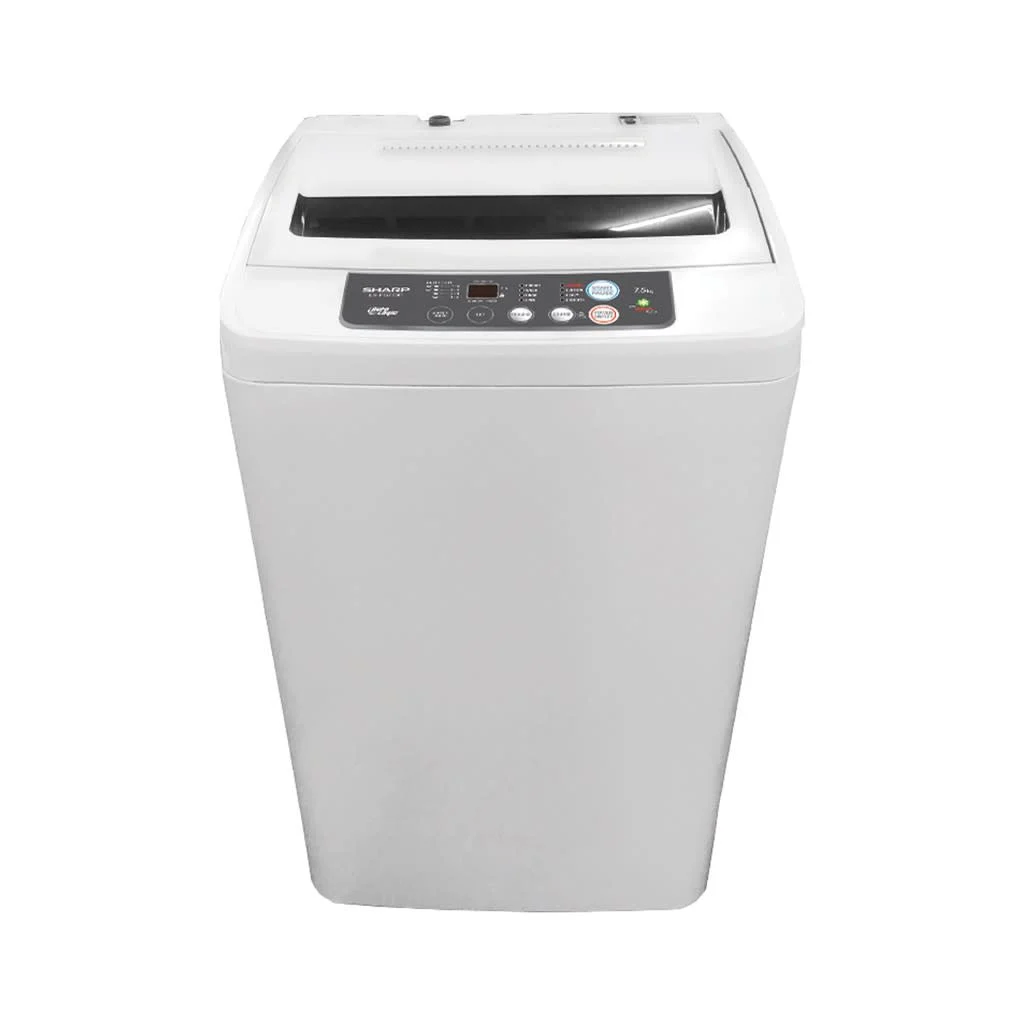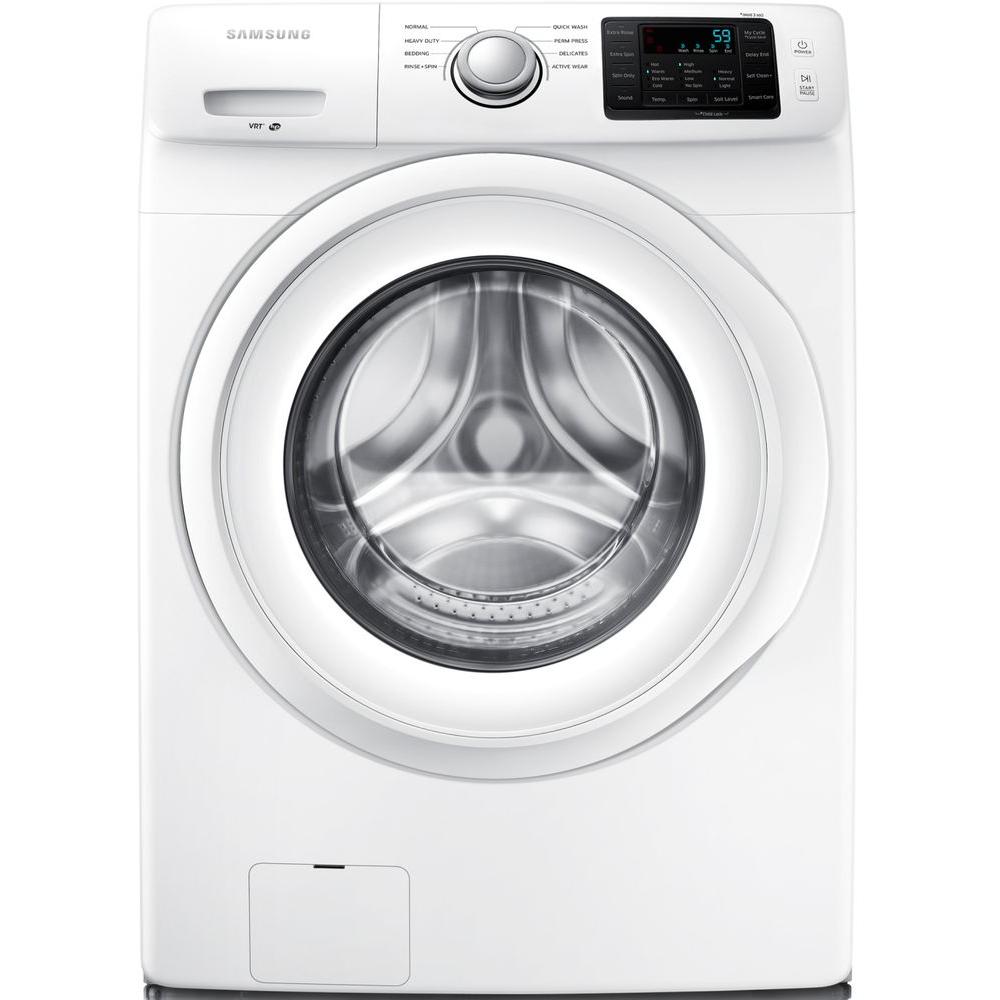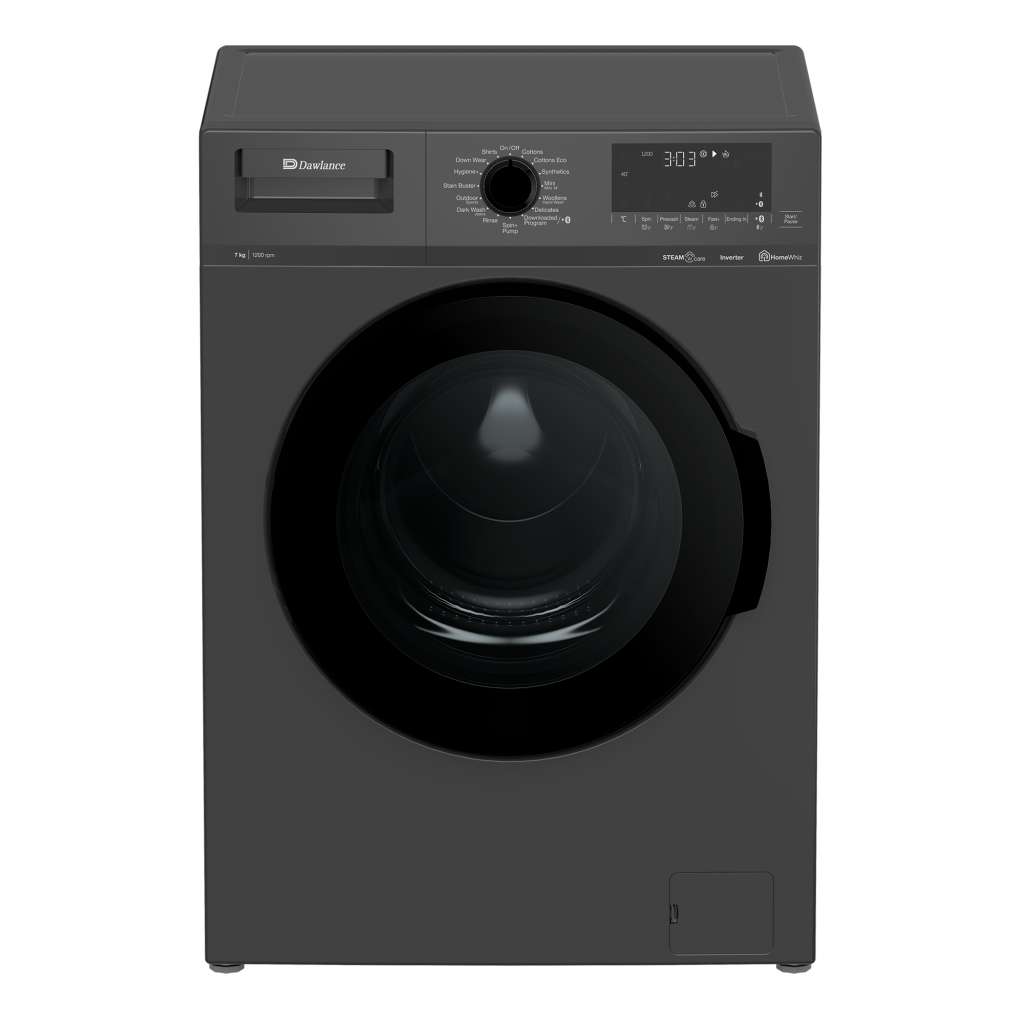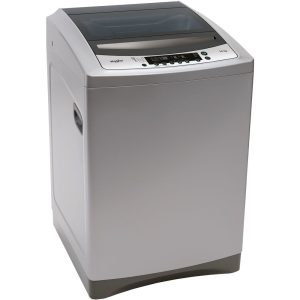What Happens If You Wash Wool in the Washing Machine?
Wool garments are cherished for their warmth, softness, and durability. However, they’re also known for being somewhat finicky when it comes to washing. So, what happens if you wash wool in the washing machine? This question may arise out of convenience or necessity, but understanding the consequences and proper techniques can help you preserve the quality of your wool items.
Shrinkage Concerns
One of the most notorious risks associated with washing wool in the washing machine is shrinkage. Wool fibers can shrink significantly when exposed to heat and agitation. When wool items are subjected to the warm water and vigorous movements of a typical washing machine cycle, the scales on the wool fibers interlock, causing the material to shrink and become felted. This shrinkage can result in the garment becoming much smaller and denser than its original size, rendering it unwearable.
To minimize the risk of shrinkage, it’s crucial to use the delicate or wool-specific cycle on your washing machine. These settings are designed to be gentler on the fibers, using cold water and minimal agitation. Additionally, using a mesh laundry bag can help protect wool garments from excessive movement within the machine. Taking these precautions can help mitigate the risk of shrinkage and preserve the fit of your wool items.
Loss of Shape
Another common issue when washing wool in the washing machine is the potential loss of shape. Wool garments are often carefully crafted to maintain a specific form, and the mechanical action of a washing machine can distort this shape. Agitation can stretch or misshape the fibers, leading to a garment that no longer fits as intended.
To combat this problem, it’s essential to avoid overloading the washing machine. Giving wool items ample space to move without excessive friction from other garments can help maintain their shape. Furthermore, laying wool garments flat to dry, rather than using a dryer or hanging them, can help prevent stretching and distortion. By providing proper support during the drying process, you can help wool items retain their original shape.
Fiber Damage
Wool fibers are naturally delicate, and the harsh conditions of a washing machine can cause damage. Abrasive agitation and high temperatures can weaken the fibers, leading to pilling, thinning, and even tearing. This damage compromises the durability and appearance of the garment, diminishing its overall lifespan.
To protect wool fibers, consider using a gentle, wool-specific detergent that’s free from harsh chemicals. These detergents are formulated to clean wool effectively without stripping away its natural oils, which are essential for maintaining the fibers’ strength and softness. Additionally, setting the washing machine to the gentlest cycle available can help reduce the risk of fiber damage. Taking these steps ensures that your wool garments remain in good condition after washing.
Color Fading and Bleeding
Wool garments often boast rich, vibrant colors, and improper washing can lead to fading or bleeding. The harsh conditions of a washing machine, particularly when using hot water or harsh detergents, can cause dyes to break down and leach out of the fabric, resulting in dull or uneven colors.
To prevent color fading and bleeding, always wash wool items in cold water. Cold water helps preserve the integrity of the dyes and reduces the risk of color loss. Additionally, washing similar colors together can help prevent dye transfer between garments. Using a color-safe detergent specifically designed for wool can also help maintain the vibrancy of your wool items.
Felting and Matting
Felting and matting are significant concerns when washing wool in the washing machine. These issues occur when the wool fibers become entangled and compress under heat and agitation, forming a dense, matted fabric. This process not only alters the texture and appearance of the garment but can also make it significantly smaller and less flexible.
To avoid felting and matting, it’s essential to use the appropriate washing settings and techniques. Use a gentle or wool-specific cycle with cold water to minimize agitation and heat exposure. Additionally, avoiding the use of fabric softeners, which can contribute to felting, is crucial. By following these guidelines, you can help preserve the soft, lofty texture of your wool garments.
Proper Washing Techniques
The key to successfully washing wool in the washing machine lies in using proper techniques. First and foremost, always check the care label on your wool garments. Manufacturers provide specific instructions based on the type of wool and the garment’s construction, ensuring the best care practices. If the label indicates that the item is machine-washable, opt for the gentlest settings available.
Use a wool-specific detergent that’s designed to clean and protect wool fibers. Avoid using too much detergent, as excess residue can be challenging to rinse out and may cause buildup. Placing wool garments in a mesh laundry bag can provide an extra layer of protection during the wash cycle. After washing, gently reshape the garment and lay it flat to dry on a clean, dry towel. Avoid wringing or twisting the fabric, as this can distort the fibers. Following these steps can help maintain the quality and longevity of your wool items.
Hand Washing as an Alternative
While it’s possible to wash wool in the washing machine with proper precautions, hand washing remains the safest method. Hand washing allows for greater control over the washing process, minimizing the risk of damage. Fill a basin or sink with lukewarm water and add a small amount of wool-specific detergent. Gently submerge the wool garment and agitate it lightly with your hands.
After a few minutes of gentle washing, drain the soapy water and refill the basin with clean, lukewarm water to rinse the garment. Repeat the rinsing process until all detergent residue is removed. Carefully press out excess water without wringing, then lay the garment flat on a clean towel to dry. Hand washing is particularly recommended for delicate or valuable wool items, ensuring the best care and preservation.
Consider Professional Cleaning
For high-quality or delicate wool garments, professional cleaning can be an excellent option. Dry cleaners that specialize in wool can provide a level of care that surpasses what’s achievable at home. Professional cleaners use specialized equipment and techniques to clean and preserve wool fibers, ensuring that your garments remain in optimal condition.
When selecting a dry cleaner, choose one with experience in handling wool. Inform the cleaner about any specific concerns or requirements for your garments. Professional cleaning can be particularly beneficial for garments with intricate details, such as embroidery or beadwork, where additional care is needed. Investing in professional cleaning helps maintain the integrity and appearance of your wool items, extending their lifespan.
Drying Considerations
Proper drying is crucial for wool garments. Using a dryer is generally not recommended, as the heat and agitation can cause shrinkage and damage. Instead, after washing, gently press out excess water and lay the garment flat on a clean towel. Roll the towel with the garment inside to absorb additional moisture, then lay the garment flat on a fresh towel to air dry.
Ensure that the drying area is well-ventilated and away from direct sunlight, which can cause fading. Repeatedly reshape the garment during the drying process to maintain its original form. If you need to speed up the drying process, using a fan can help increase airflow. Proper drying techniques are essential for maintaining the quality and fit of wool garments.
 Ironing and Storage Tips
Ironing and Storage Tips
Ironing wool garments can help maintain their appearance, but it’s essential to use the right technique. Use a low heat setting and place a pressing cloth between the iron and the wool fabric to prevent direct contact. Steam can also be effective for removing wrinkles and refreshing wool fibers. Always test a small, inconspicuous area first to ensure the heat and steam don’t damage the fabric.
For storage, wool garments should be clean and completely dry. Store them folded in a cool, dry place, away from direct sunlight and moisture. Using breathable garment bags can help protect wool items from dust and pests. If you prefer to hang wool garments, use padded hangers to maintain their shape. Proper ironing and storage practices help preserve the quality and longevity of your wool garments.
Preventing Moth Damage
Moth damage is a common concern for wool garments, as moth larvae feed on wool fibers. To prevent moth damage, ensure that your storage area is clean and dry. Regularly inspect wool garments for signs of moth activity, such as holes or larvae. Using natural moth repellents, like cedar blocks or lavender sachets, can help deter moths and protect your wool items.
Vacuuming storage areas and maintaining good hygiene can further prevent moth infestations. For added protection, consider using airtight containers or vacuum-sealed bags for long-term storage. By taking proactive measures, you can safeguard your wool garments from moth damage and keep them in excellent condition.
Conclusion
So, what happens if you wash wool in the washing machine? While there are risks such as shrinkage, loss of shape, and fiber damage, these can be mitigated with proper techniques and care. Using gentle cycles, cold water, and wool-specific detergents, along with alternative methods like hand washing and professional cleaning, can help preserve the quality of wool garments. Understanding the specific needs of wool and taking appropriate precautions ensures that your cherished wool items remain soft, warm, and fashionable for years to come.



